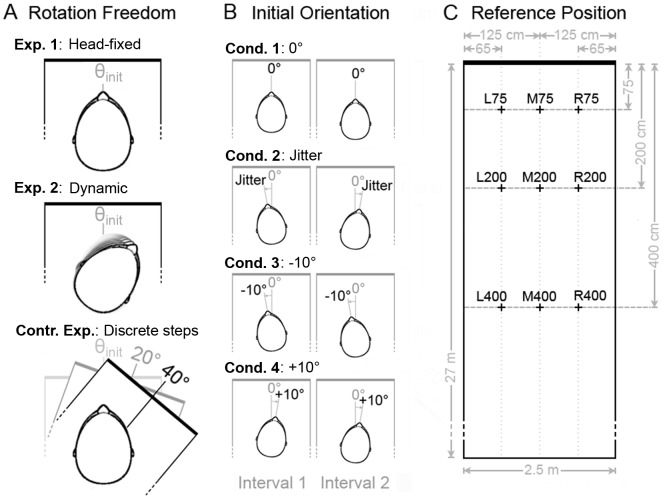Figure 2. Overview sketch of all experimental conditions tested in this study.
(A) Three experiments were conducted: In Experiment 1, the subjects' orientation in VEAS was fixed, i.e. the initial orientation (θinit) was maintained for the whole course of an exploration interval. In Experiment 2, subjects again started out from θinit but then were free to rotate their heads relative to the VEAS (which was fixed in world coordinates). In the control experiment, subjects' heads and bodies were fixed in world coordinates, but they could rotate the VEAS in discrete 20° steps by pressing a button on a joystick. (B) Each experiment was conducted in four different conditions: In condition 1, θinit was always parallel to the VEAS' longitudinal axis (which is illustrated as 0° orientation) in both exploration intervals. In condition 2, θinit was jittered by about ±10° across intervals. In conditions 3 and 4, θinit was always −10° and +10°, respectively. (C) Each experiment and condition was conducted at three reference positions along the midline of the corridor (reference positions M75, M200 and M400), at three reference positions near the left lateral wall (L75, L200, L400) and at three reference positions near the right lateral wall (R75, R200, R400).

